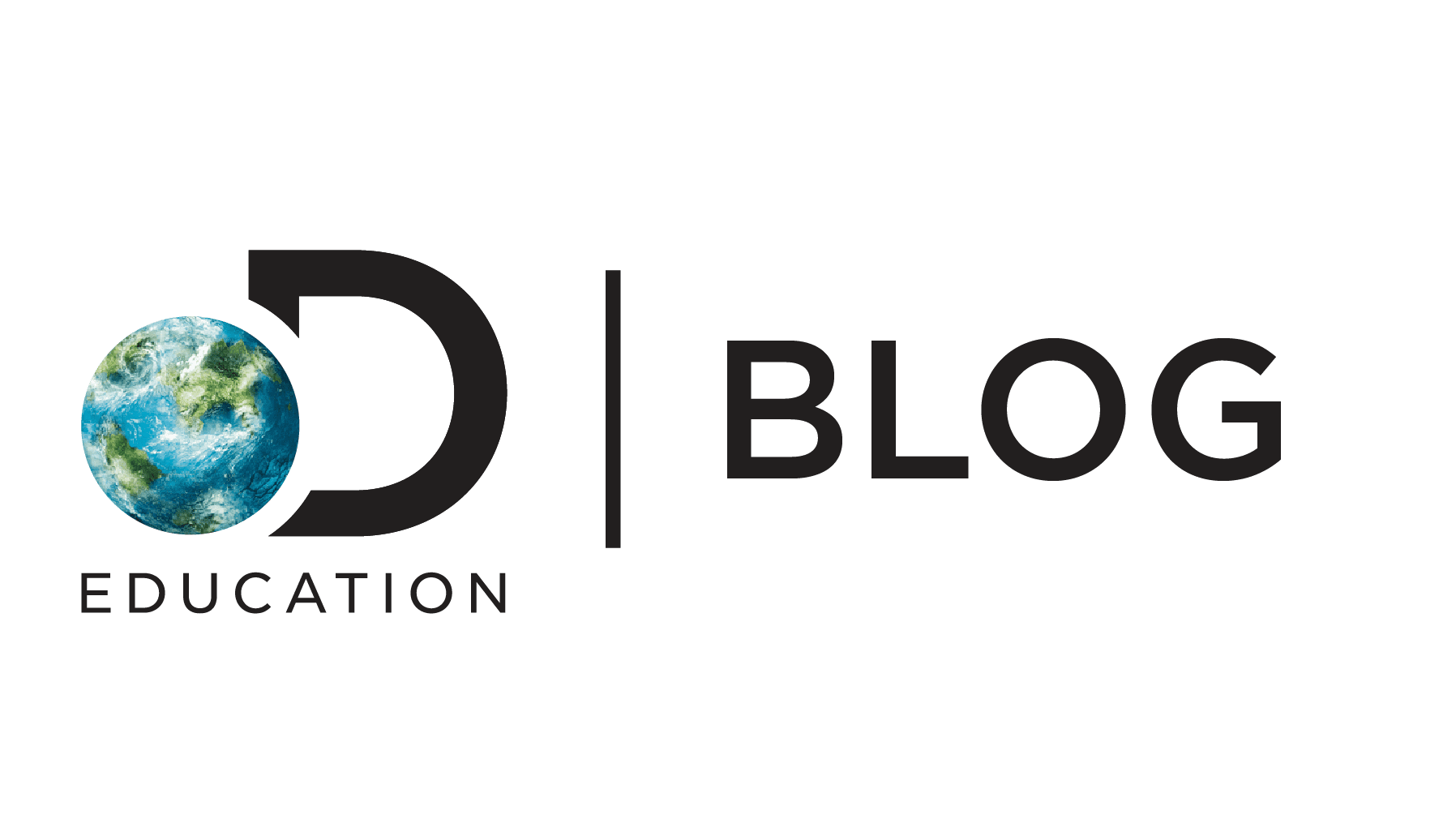Latest Articles
Tags
Acceleration
Augmented Reality
Back to School
Career Exploration
Career Paths
Coding
Cross-Curricular
DEN
Differentiation
early childhood education
Early Learning
ELA
ELL
English/Language Arts
ESSER
Financial Literacy
funding
Health & Wellness
Hispanic Heritage
Holidays
Instructional Strategies
Intervention
Learning Resources
Lesson Planning
Literacy
Math
Math Techbook
Mystery Science
Native American Heritage
News
Professional Learning
Reading
Remediation
Sandbox AR
Science
Science Techbook
SEL
sesame
Social Impact
Social Studies
Social Studies Techbook
Special Education
STEM
STEM Connect
Virtual Field Trips
Sign in today to put what you’ve read into practice!
Sign in today to put what you’ve read into practice!
Not a current DE user?

The Discovery Education blog is a free resource for educators to find time-saving teaching strategies and compelling content for their daily lessons.
Full of timely tips, high-quality DE resources, and advice from our DEN community, these posts are meant to entertain and inform our users while supporting educators everywhere with new ways to engage their students in and out of the classroom.
Tags
Acceleration
Augmented Reality
Back to School
Career Exploration
Career Paths
Coding
Cross-Curricular
DEN
Differentiation
early childhood education
Early Learning
ELA
ELL
English/Language Arts
ESSER
Financial Literacy
funding
Health & Wellness
Hispanic Heritage
Holidays
Instructional Strategies
Intervention
Learning Resources
Lesson Planning
Literacy
Math
Math Techbook
Mystery Science
Native American Heritage
News
Professional Learning
Reading
Remediation
Sandbox AR
Science
Science Techbook
SEL
sesame
Social Impact
Social Studies
Social Studies Techbook
Special Education
STEM
STEM Connect
Virtual Field Trips
Copyright © 2024 Discovery Education. All rights reserved. TERMS OF USE PRIVACY POLICY CONTACT US COOKIE SETTINGS






